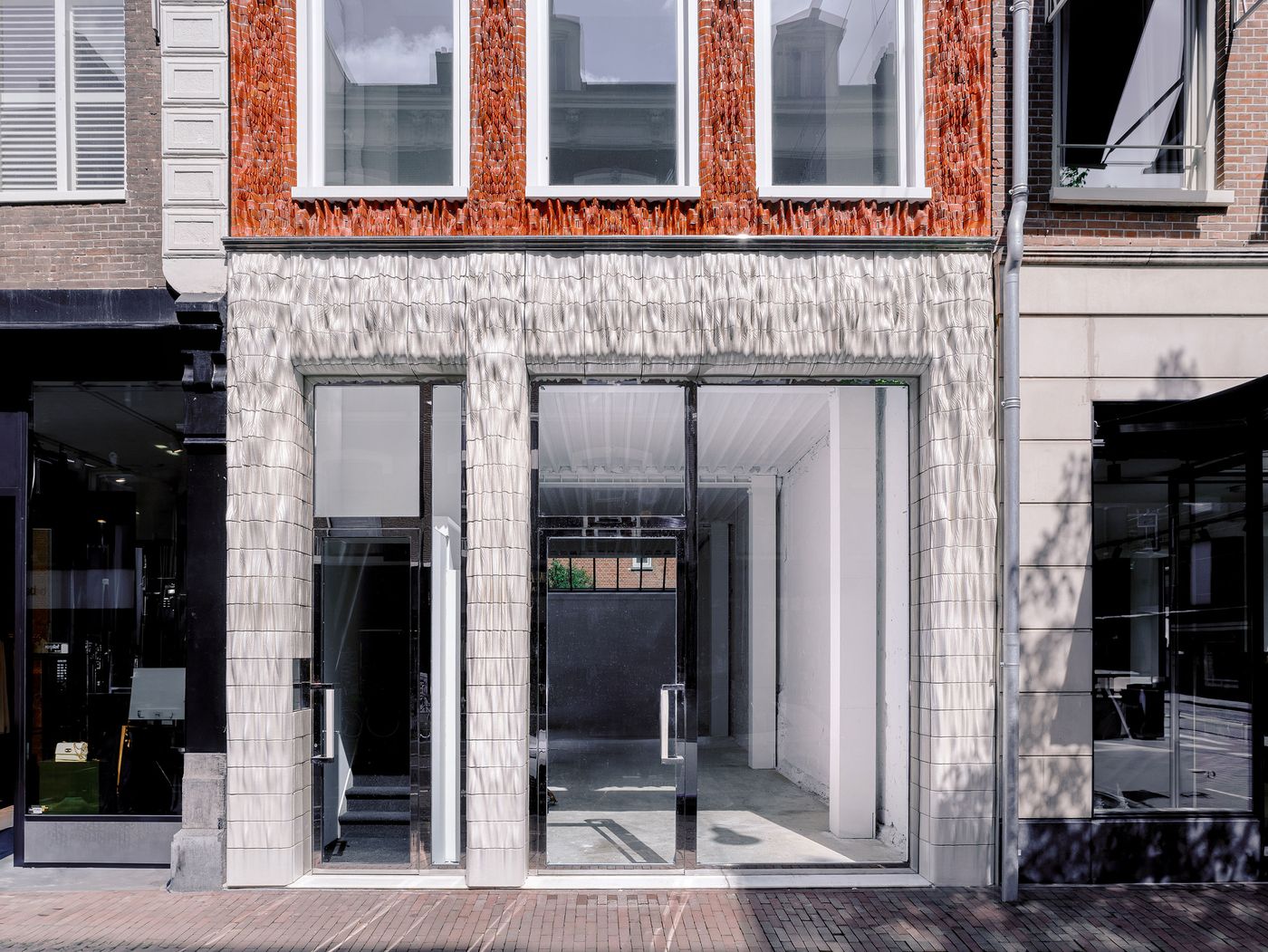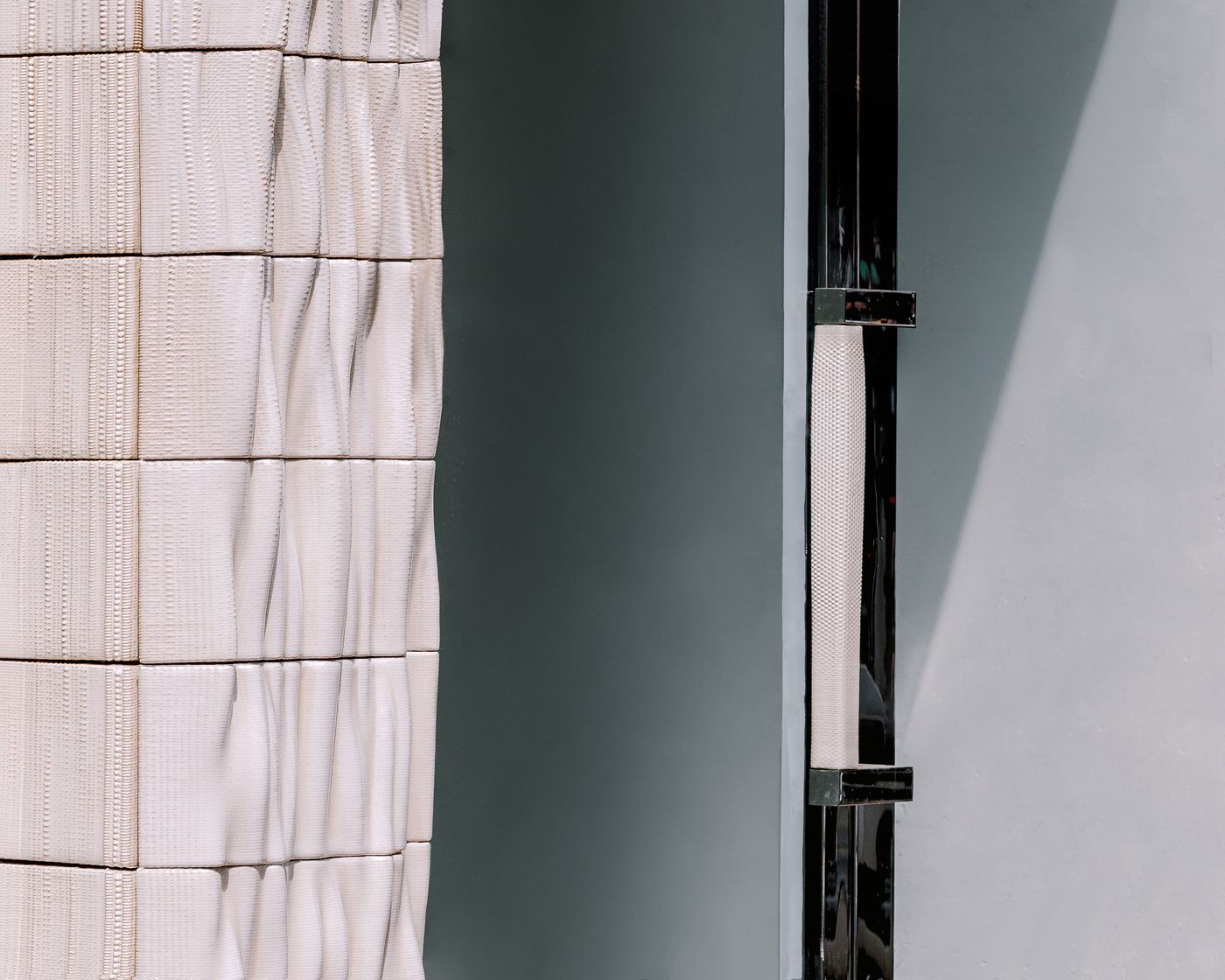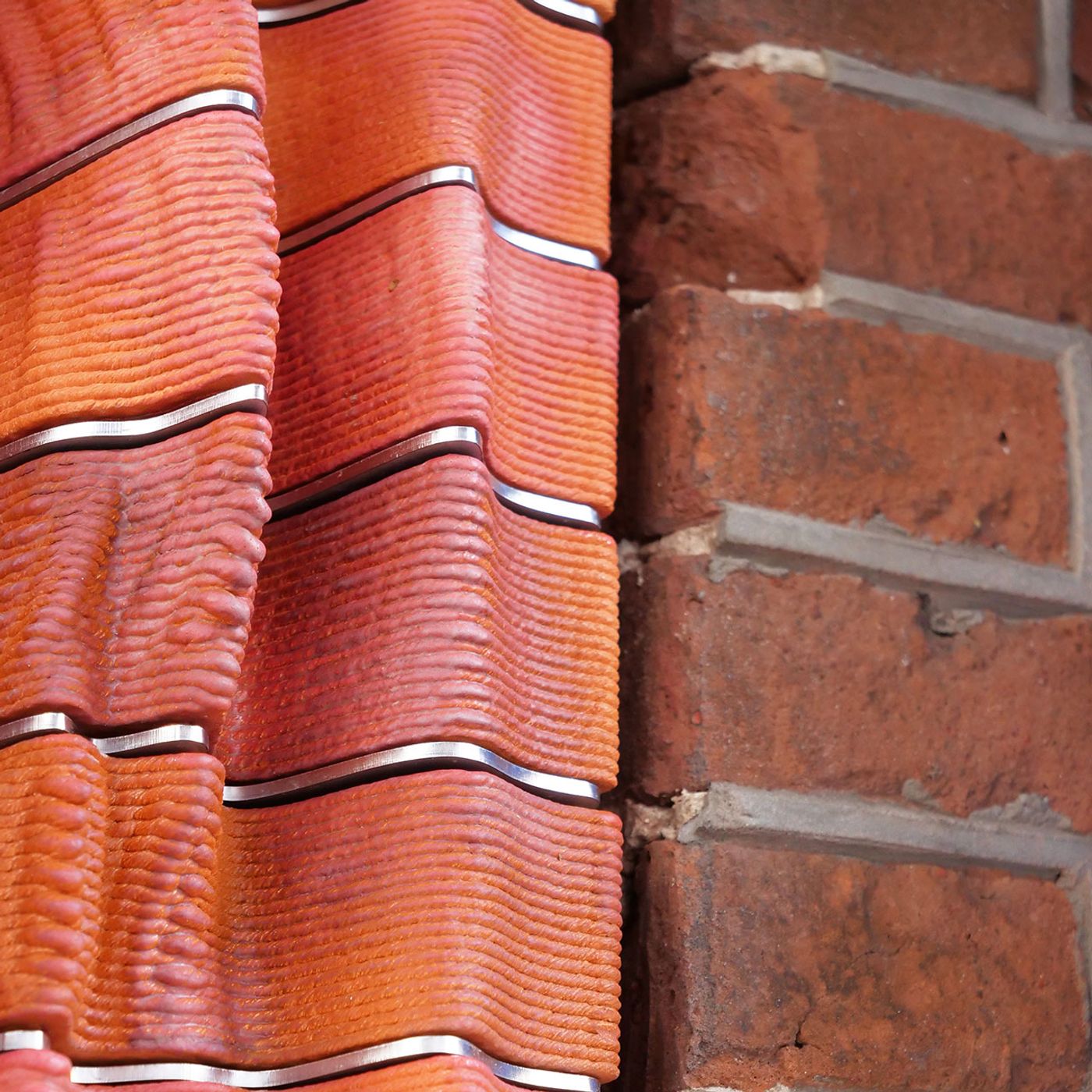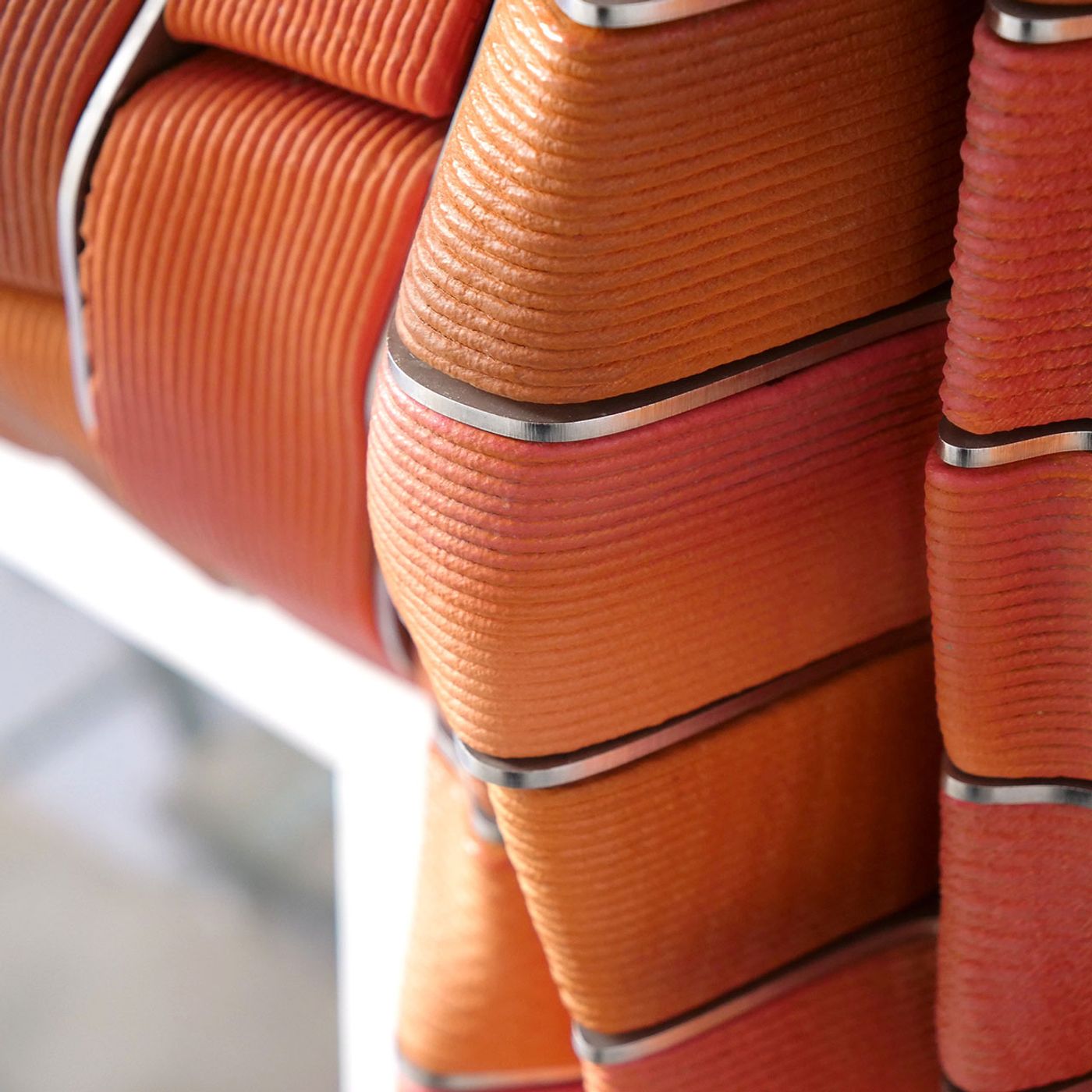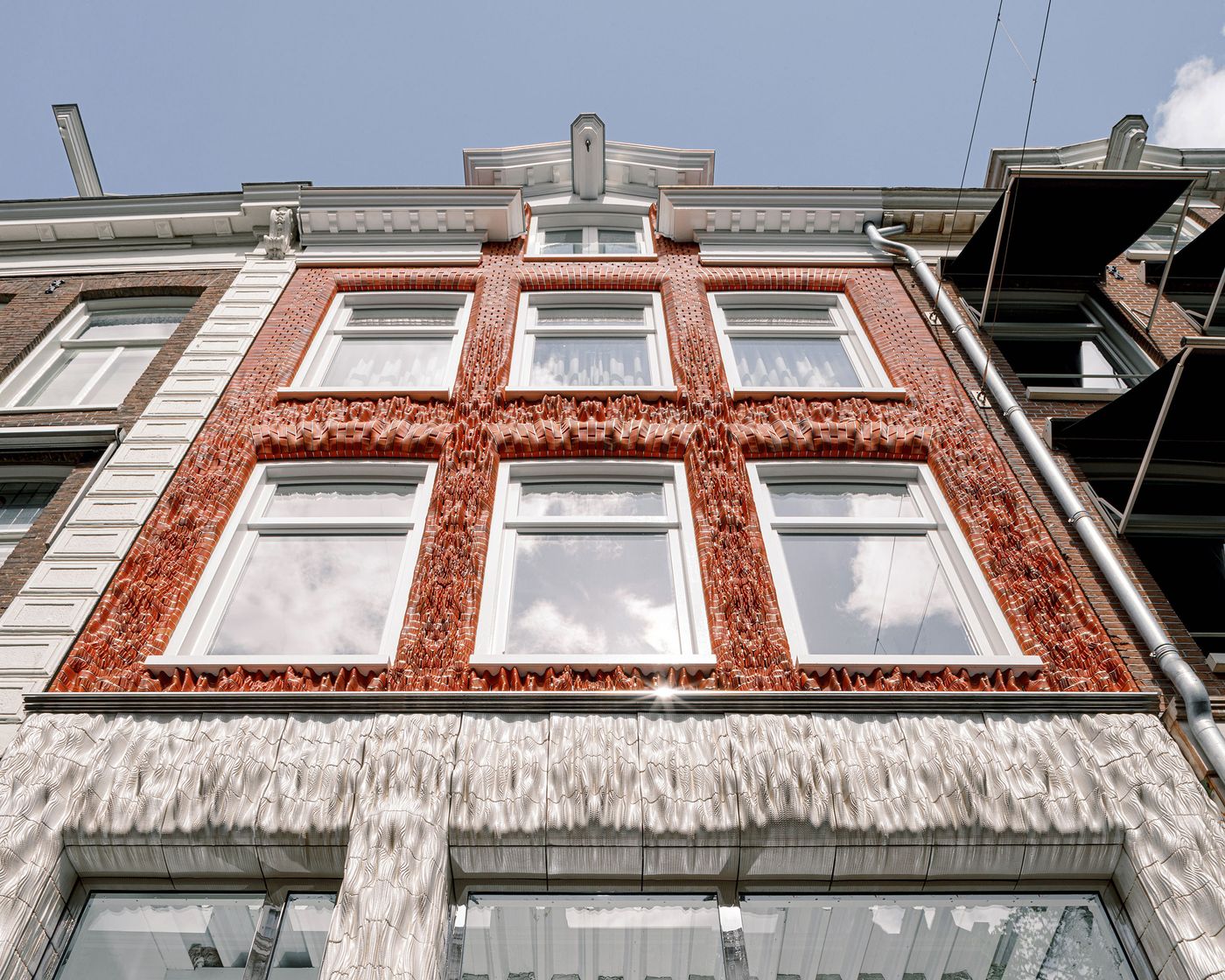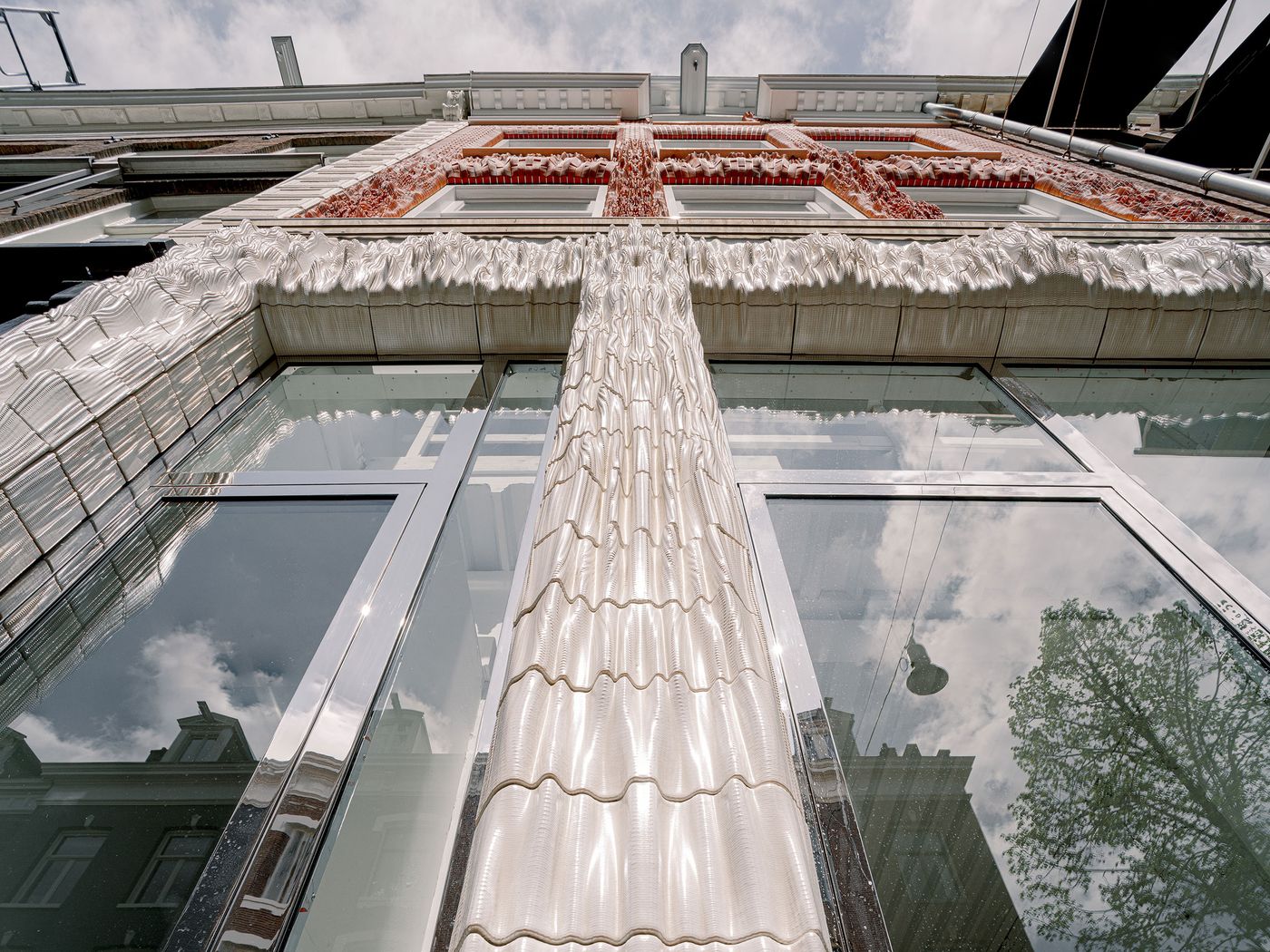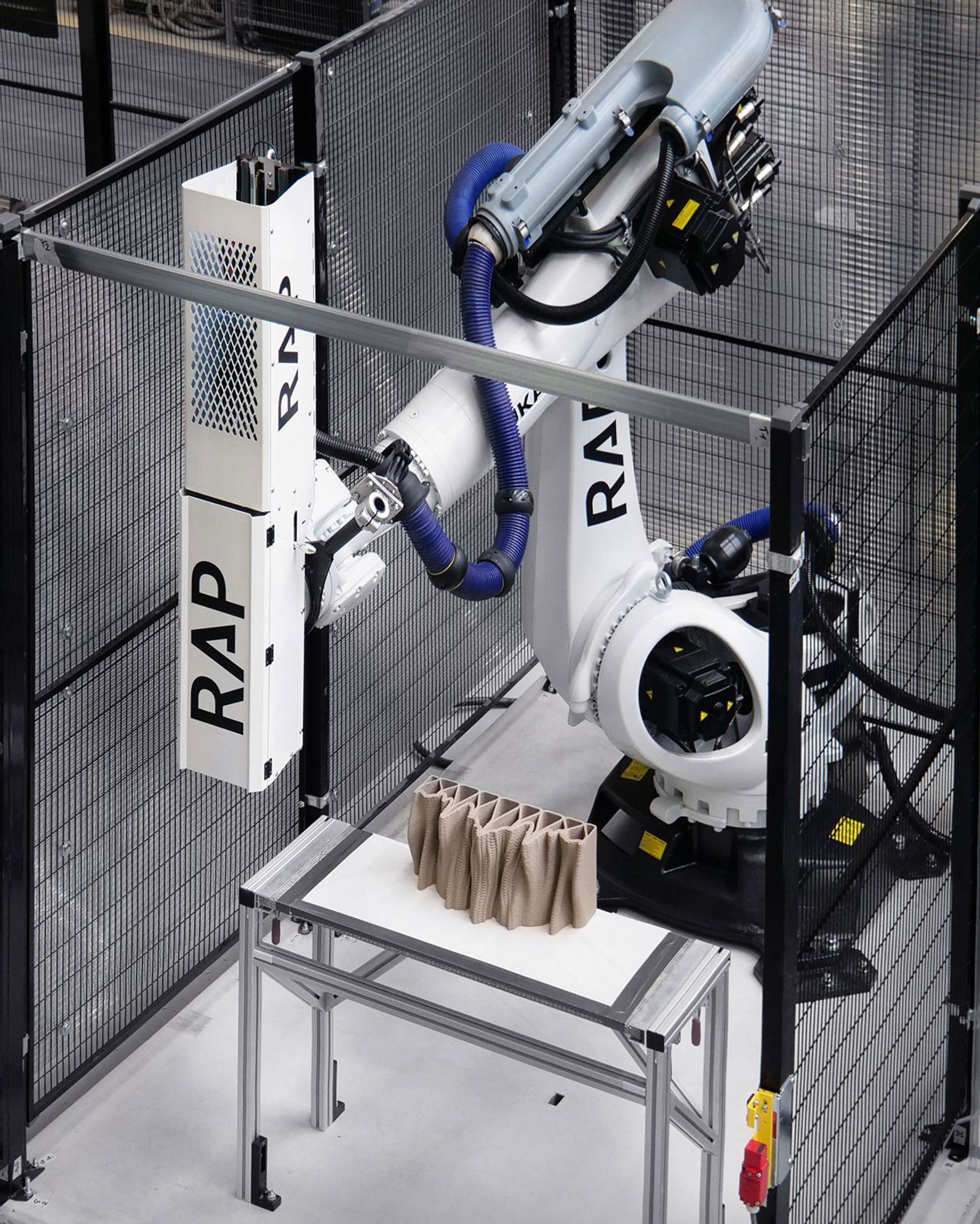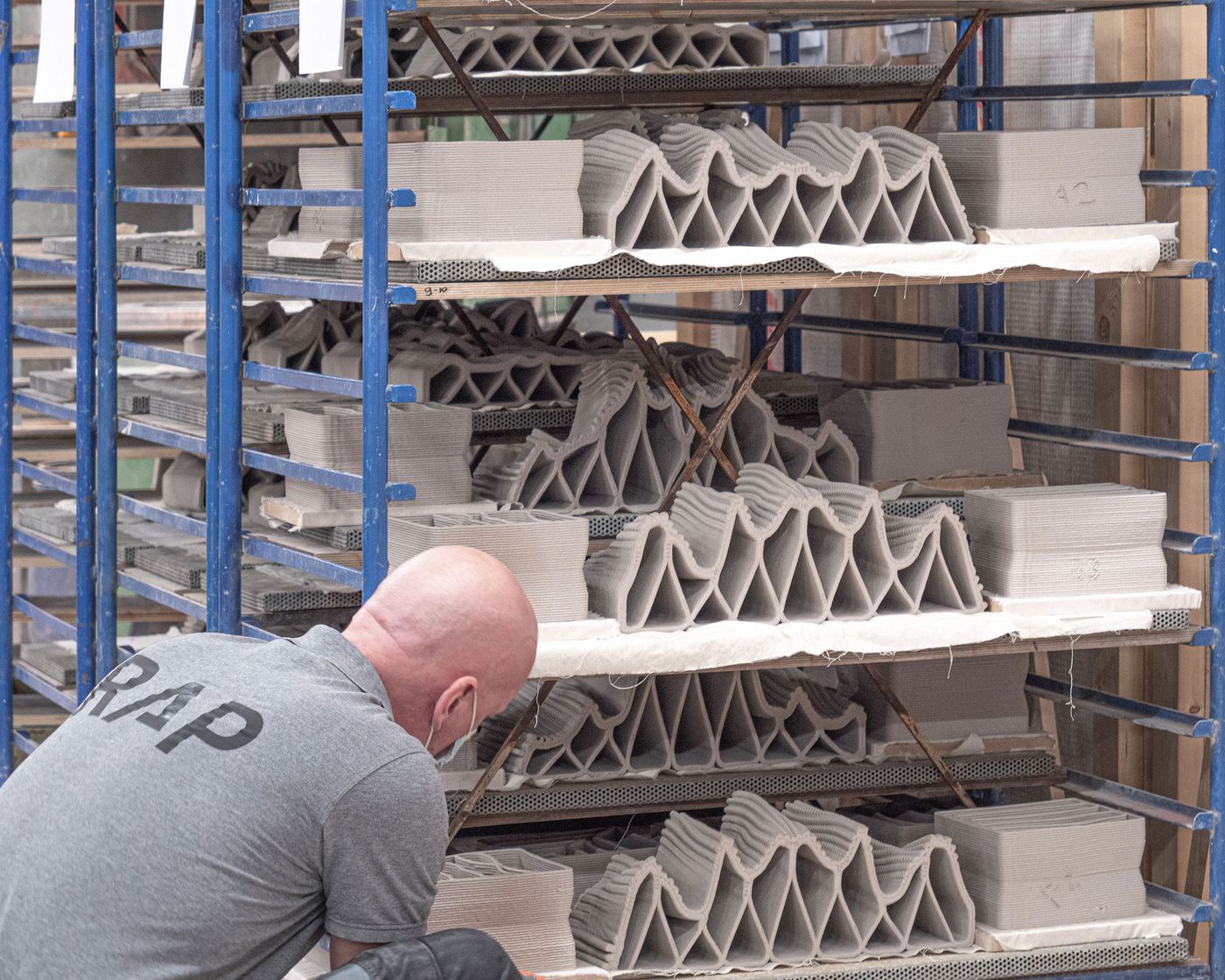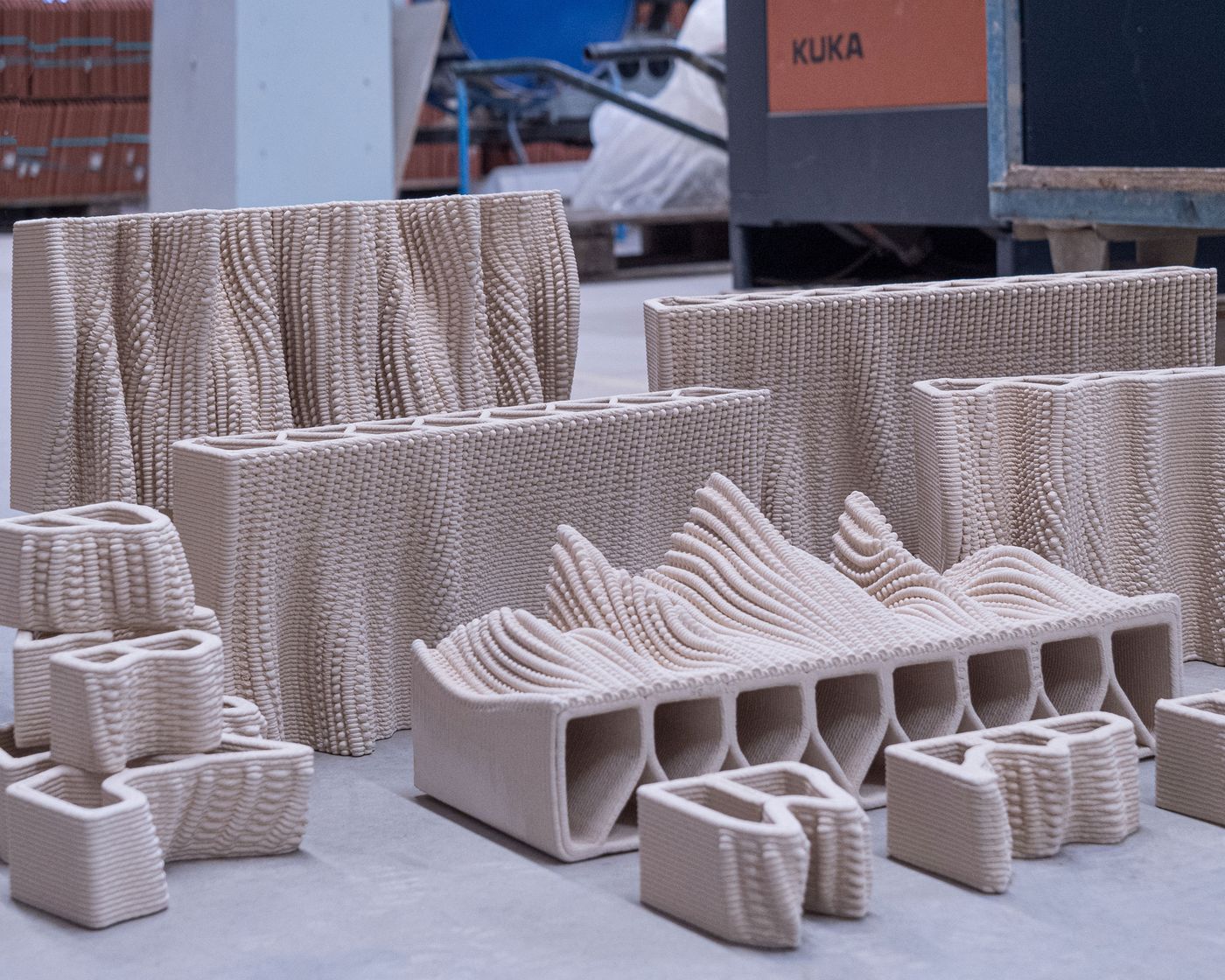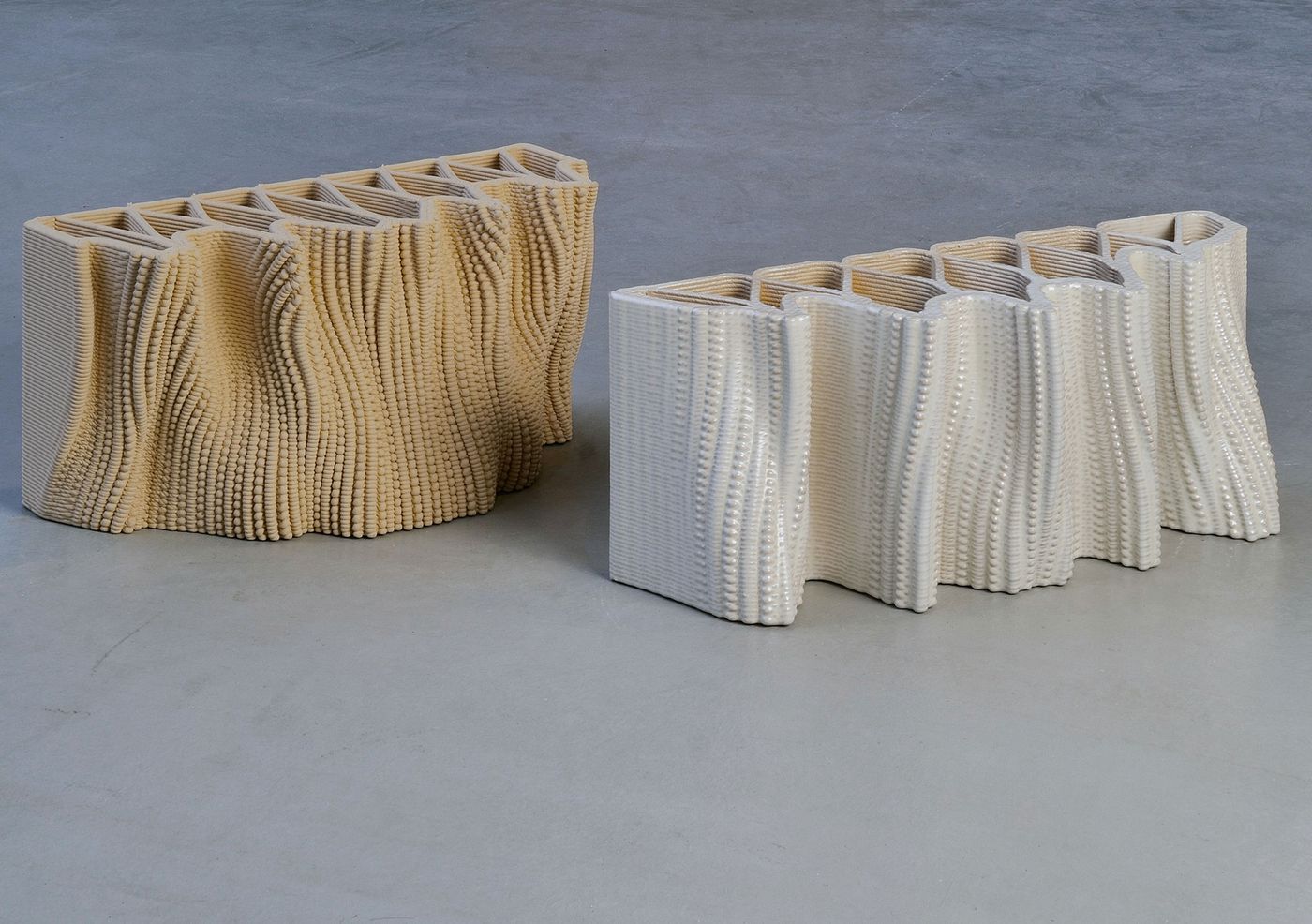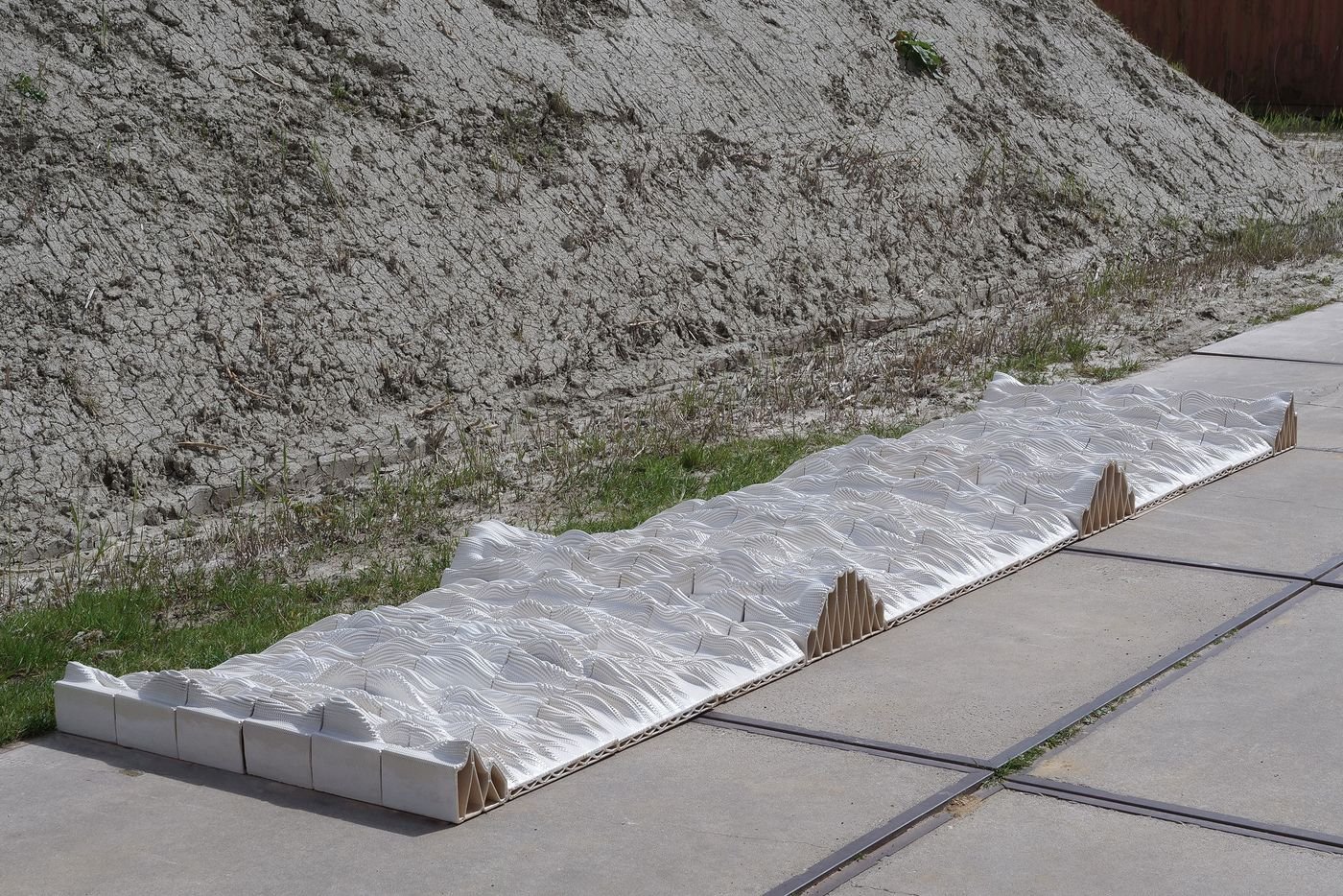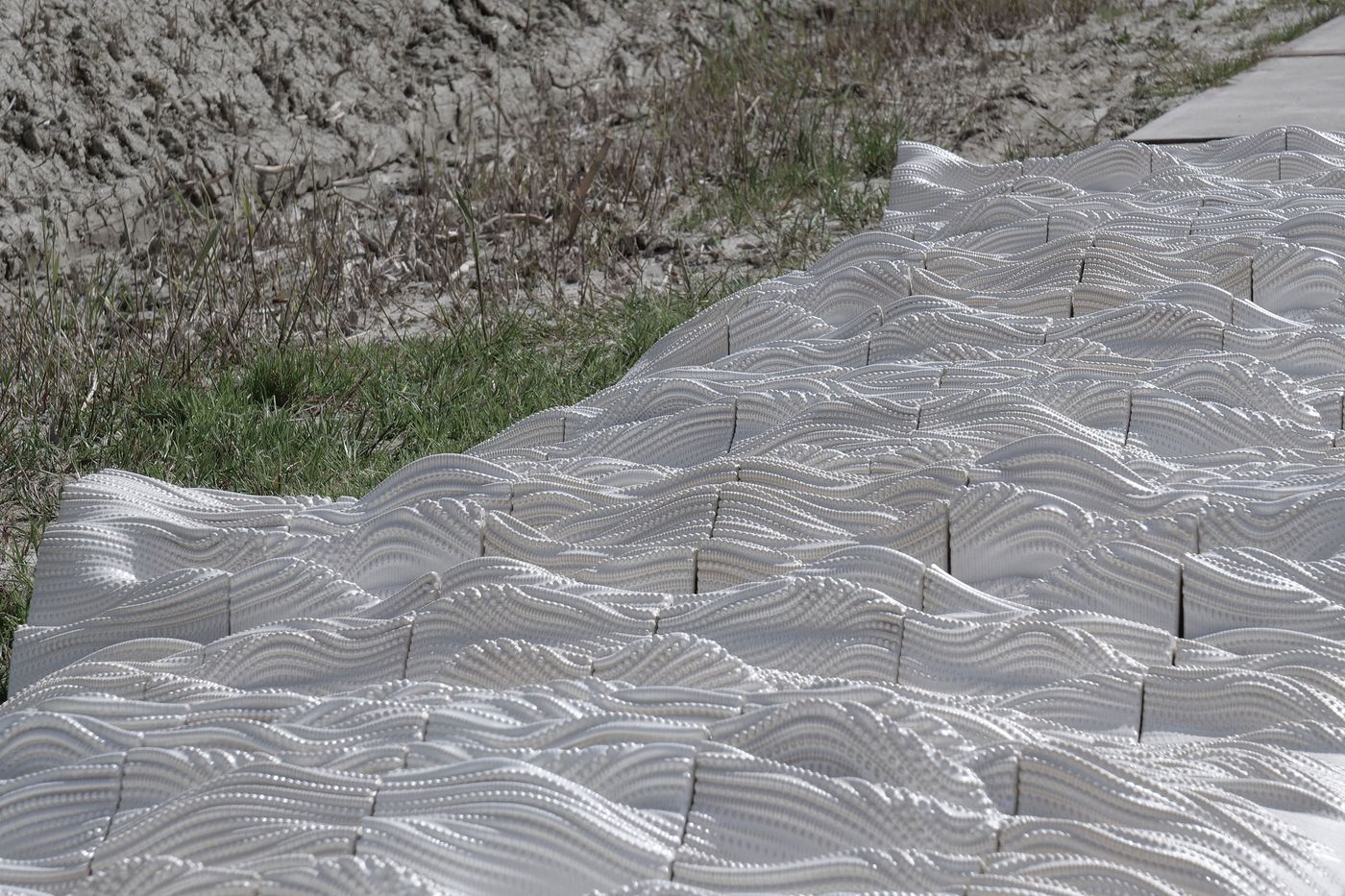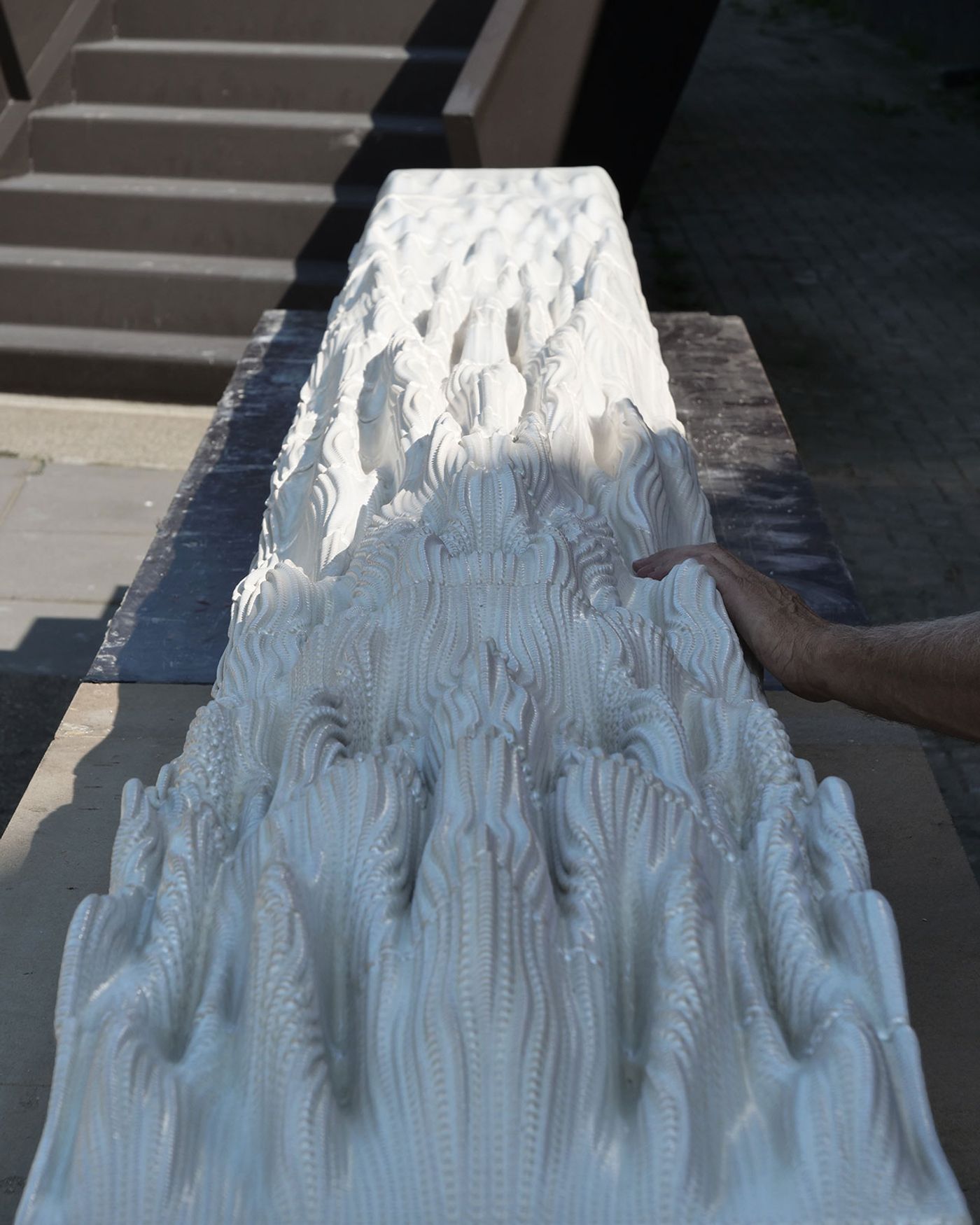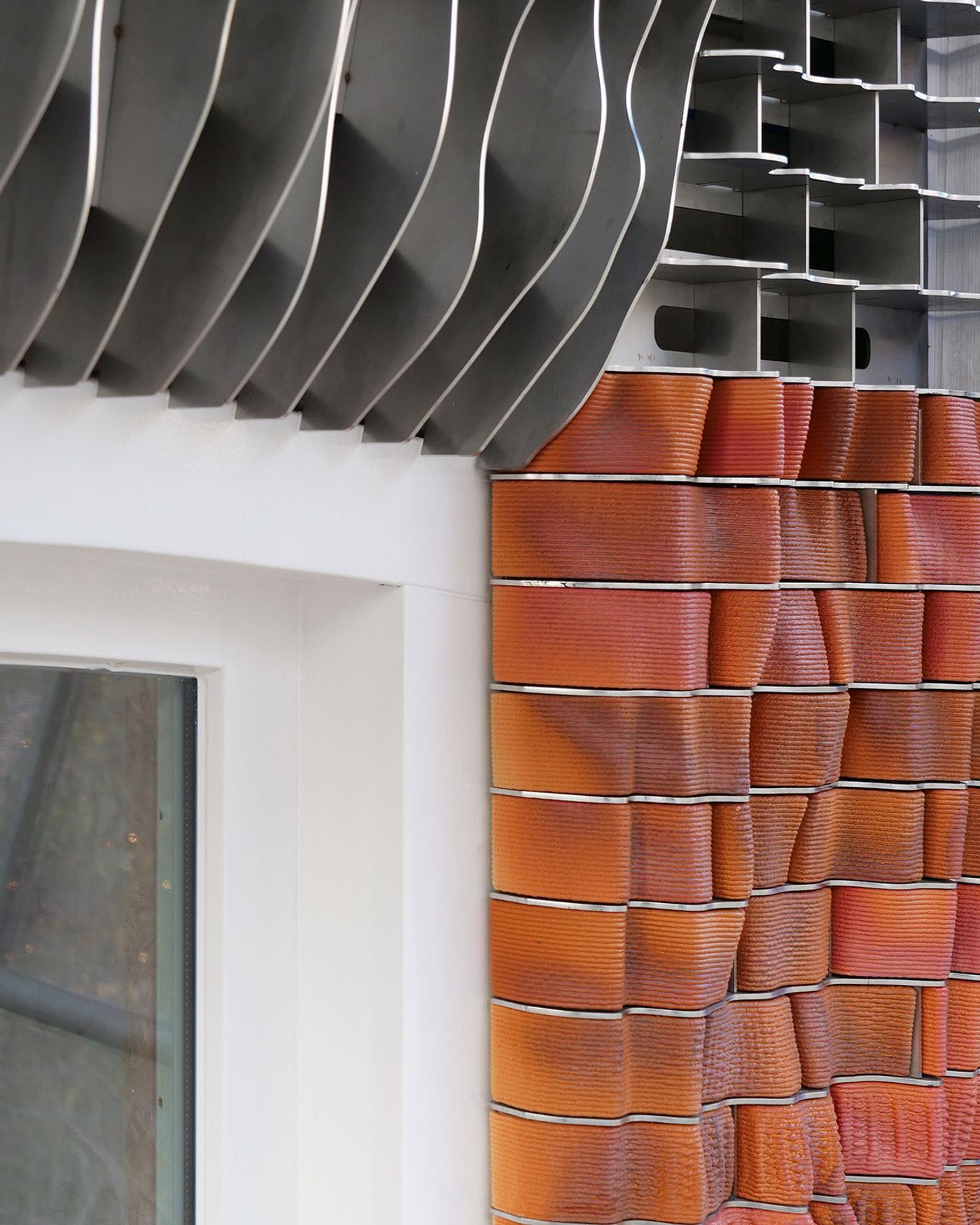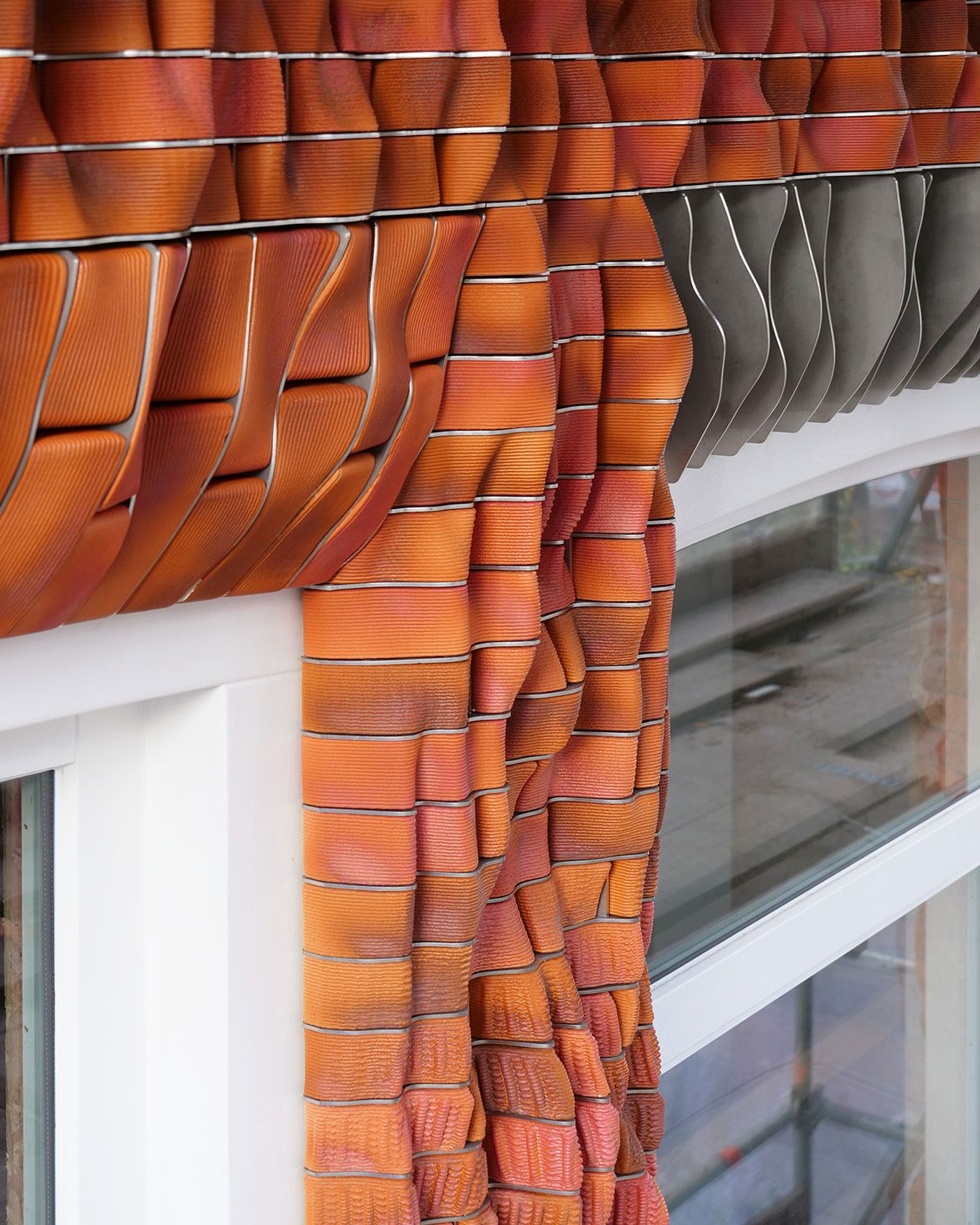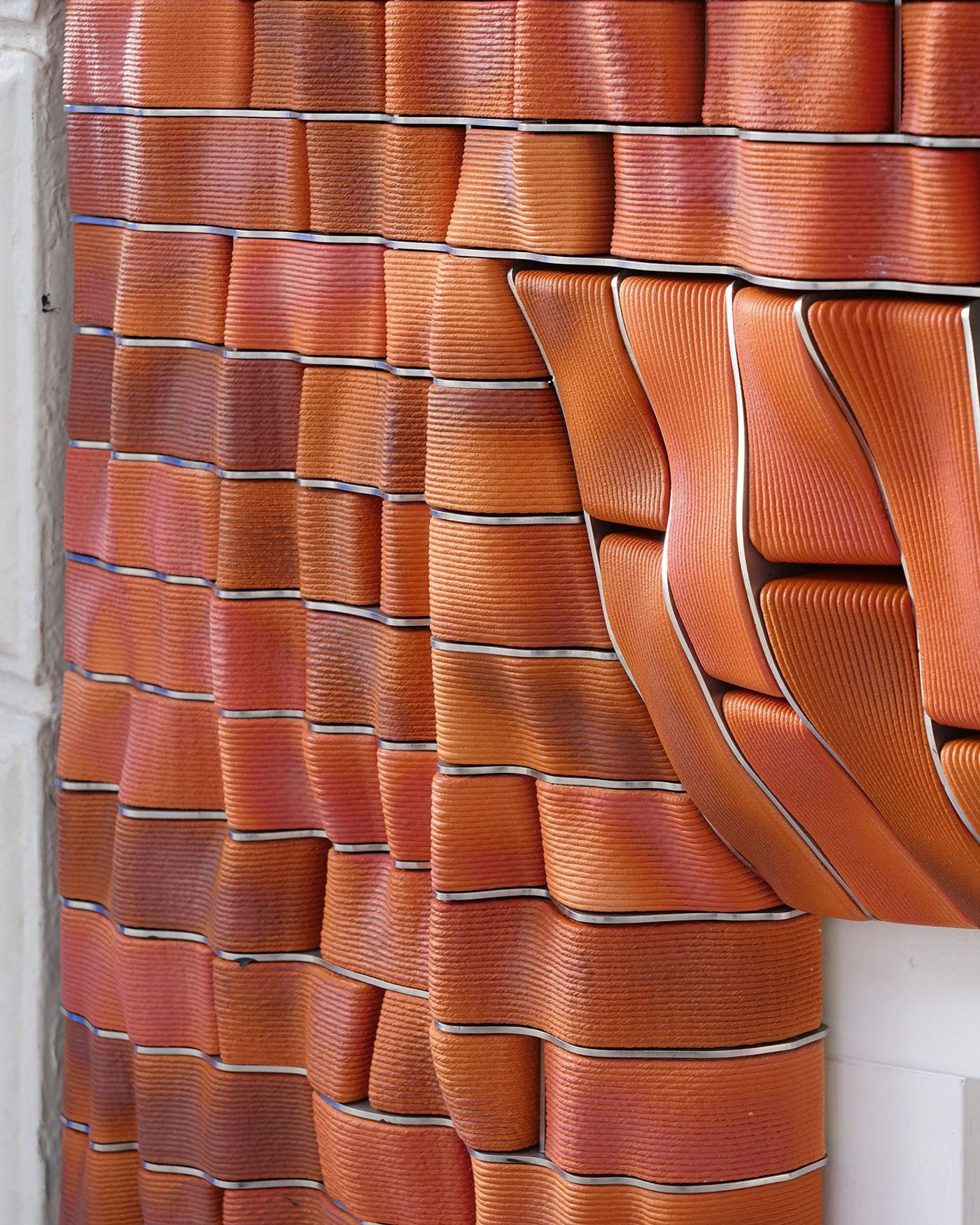
Studio RAP Designs a 3-D Printed Ceramic Facade that Echoes Amsterdam's Architectural Heritage
Words by Yatzer
Location
Amsterdam, Netherlands
Studio RAP Designs a 3-D Printed Ceramic Facade that Echoes Amsterdam's Architectural Heritage
Words by Yatzer
Amsterdam, Netherlands
Amsterdam, Netherlands
Location
If there were any doubts that historic architecture can harmoniously coexist with advanced construction technologies, this project by Dutch architecture practice Studio RAP dispels them in spectacular fashion. Using its custom-built 3D printing technology, the studio transformed the façade of a boutique on Amsterdam’s P.C. Hooftstraat, the city’s emblematic high-end shopping street, into an architectural landmark seamlessly blending tradition and innovation. Simple in silhouette yet boldly sculptural in detail, the façade comprises an array of bespoke, three-dimensional ceramic tiles forming wave-like, rippling patterns inspired by the craft of knitting garments. Radically innovative in construction, the project’s technological advancements are remarkable, but it truly stands out for the way the studio’s brand-new design language harmoniously blends with the historic setting by echoing the city’s architectural heritage.
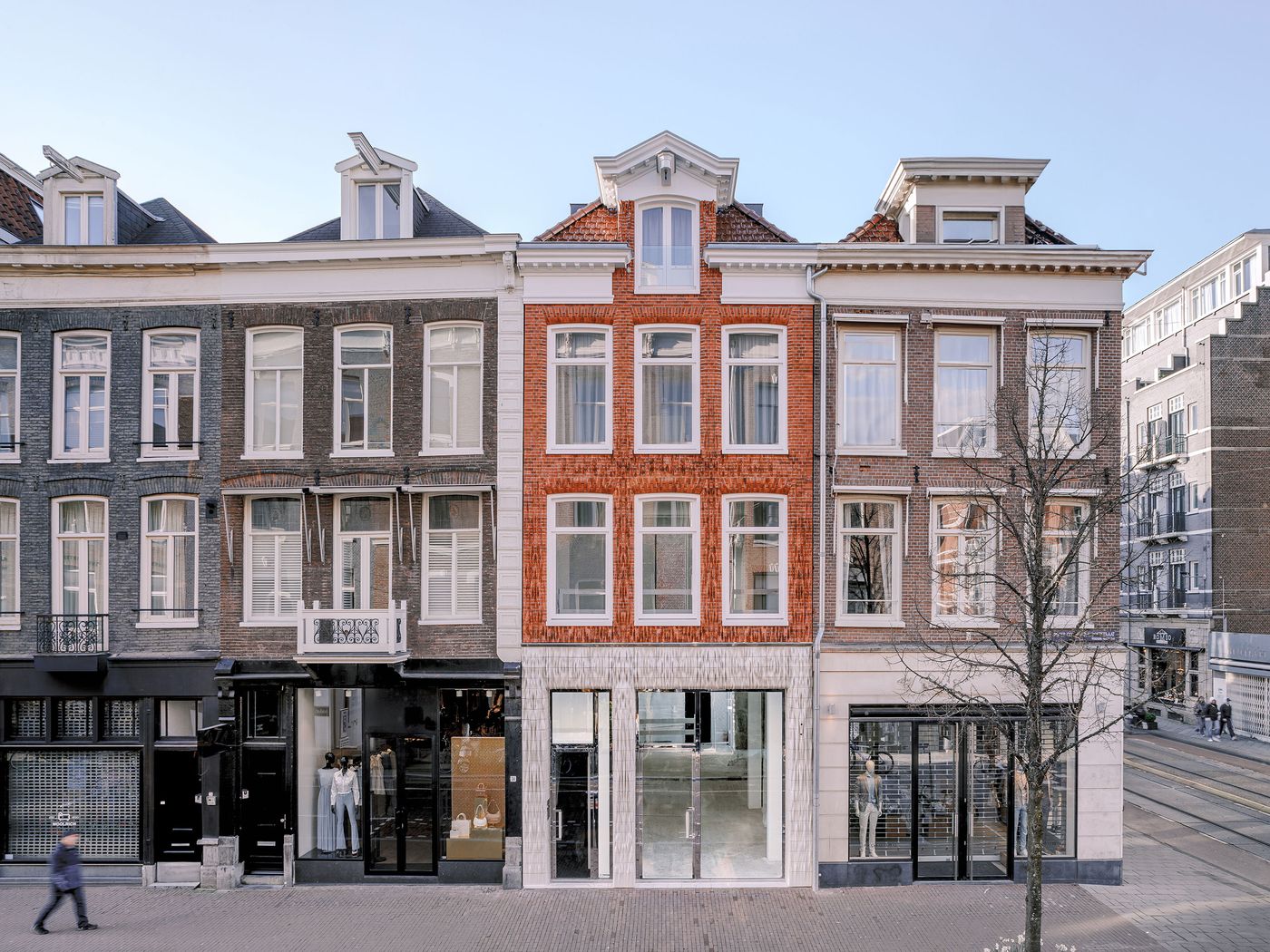
Photography by Riccardo De Vecchi.

Photography by Riccardo De Vecchi.
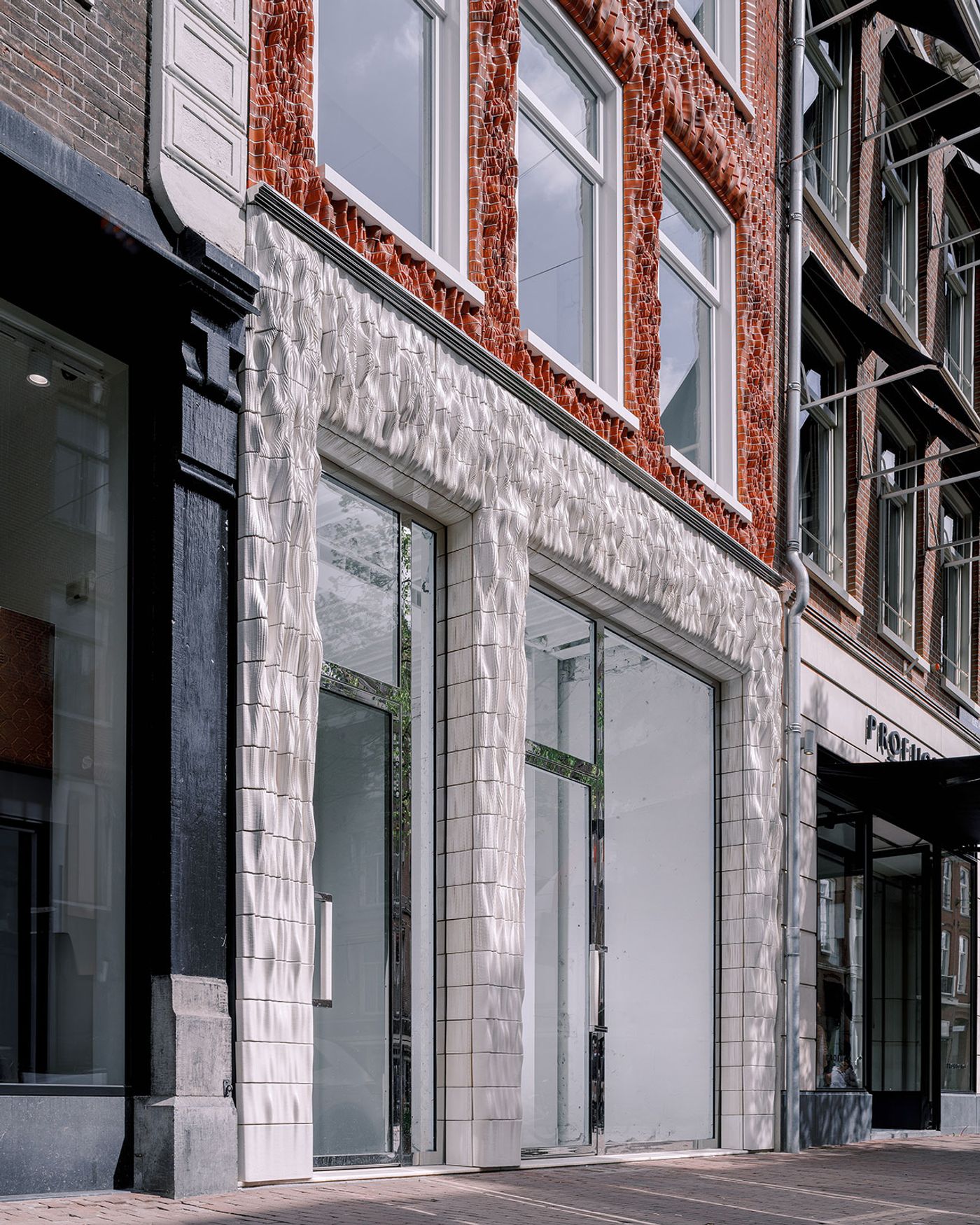
Photography by Riccardo De Vecchi.
In line with its commitment to pushing the boundaries of architectural design, Studio RAP has developed a unique digital fabrication process over several years. This includes the creation of advanced robotic systems which they combined with in-house developed digital design algorithms to create the façade’s intricate array of 3-D printed ceramic tiles. The choice of material was inspired by the celebrated ceramic collection of the Rijksmuseum, the national museum of the Netherlands, while the tiles' textural qualities and complex morphology take cues from the creases, inter-looping yarns, and stitch patterns of knitted textiles.
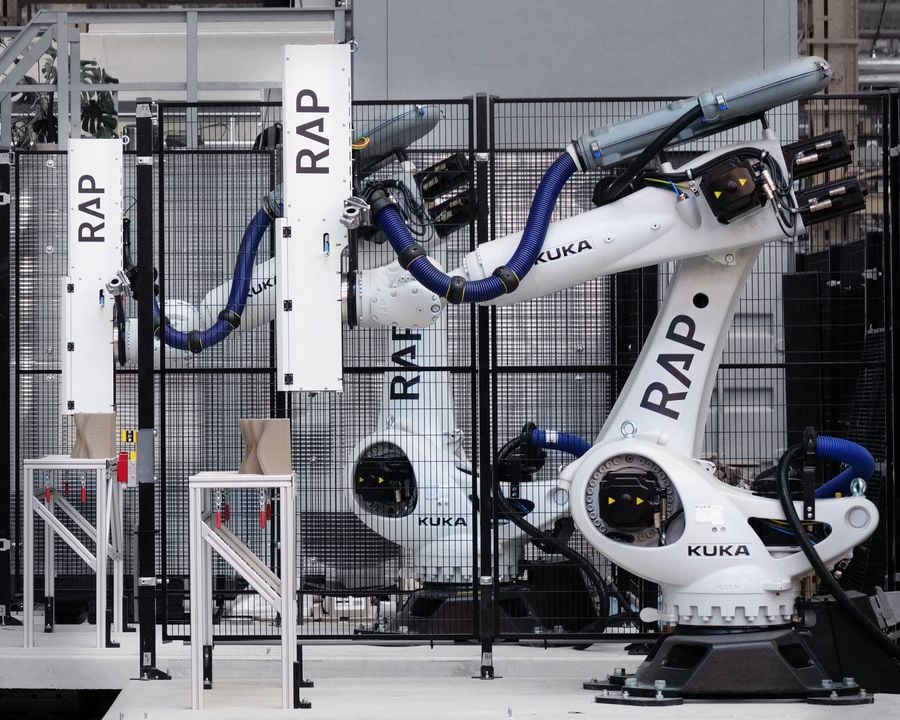
Photography by Riccardo De Vecchi.
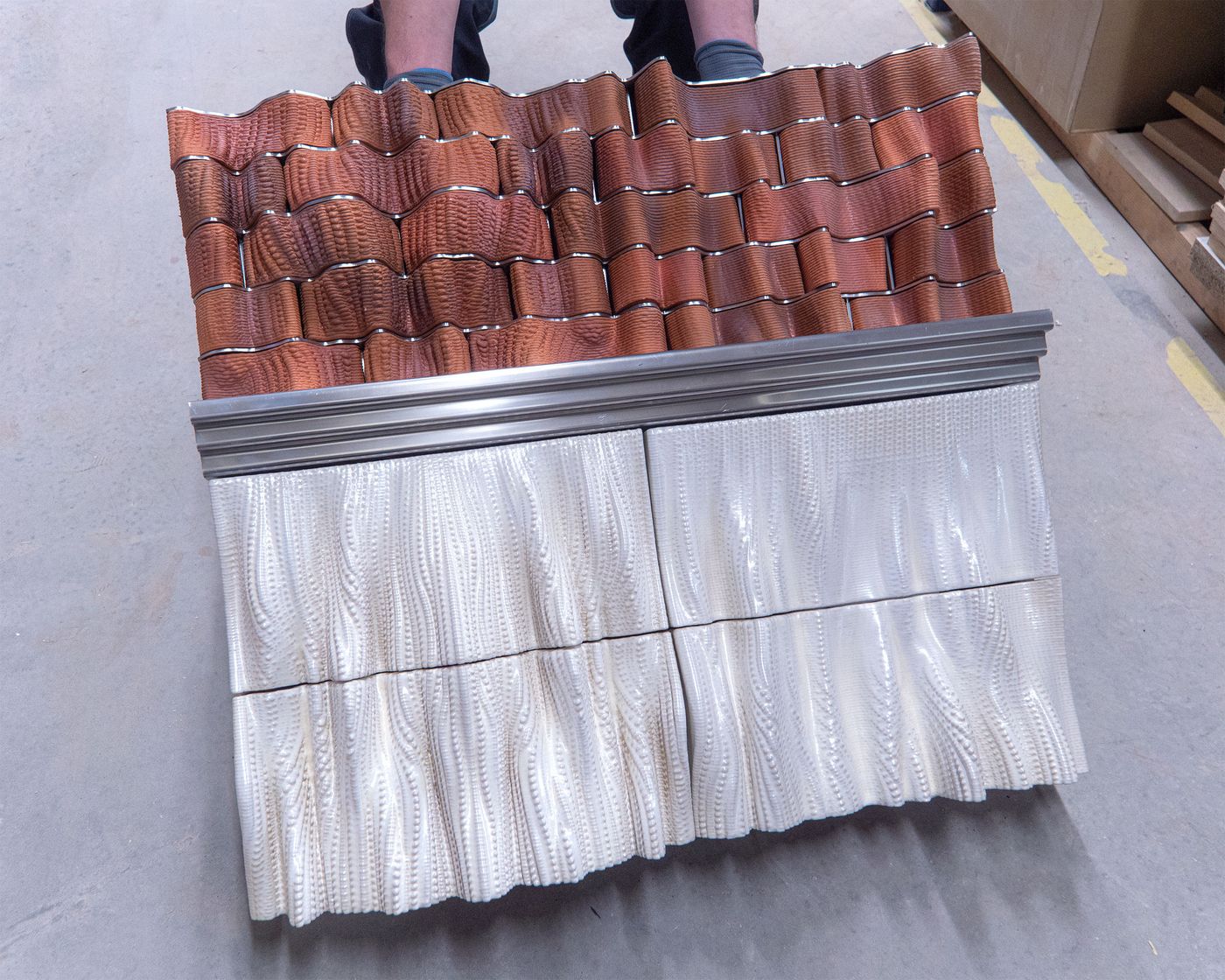
Photography by Riccardo De Vecchi.
The choice of material was inspired by the celebrated ceramic collection of the Rijksmuseum, the national museum d urban fabric was preserving the original façade’s silhouette, notably the characteristic tripartite configuration, and synchronizing the size and colour of the ceramic tiles with neighbouring buildings. At street level, larger tiles glazed in pearl white with a subtle touch of yellow echo the street’s typical storefronts, while the upper levels are swathed in three shades of red. Smaller in size, the red-hued tiles match the dimensions of traditional brickwork, with the laser-cut stainless-steel cassettes they are placed in emulating traditional grouting.
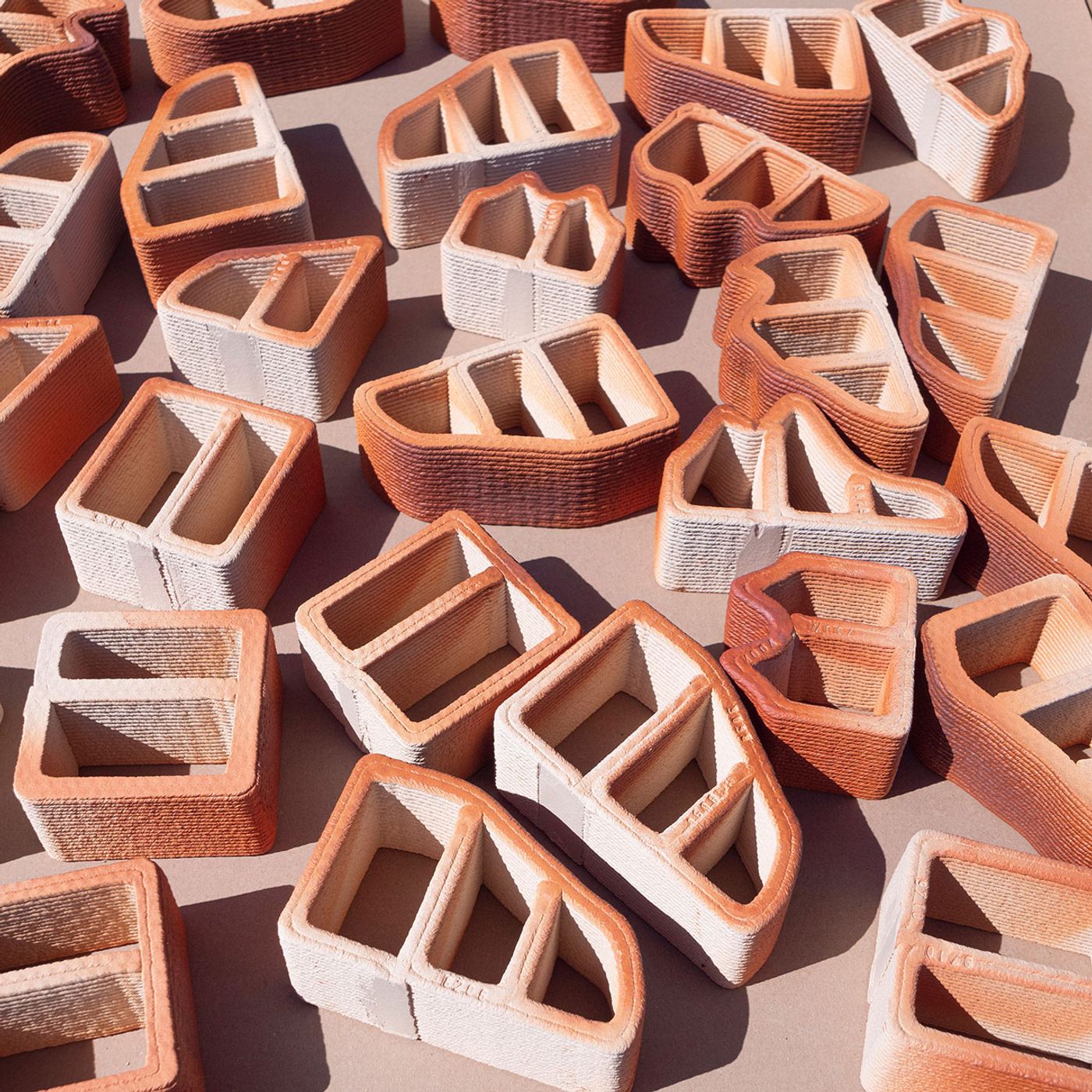
Photography by Riccardo De Vecchi.
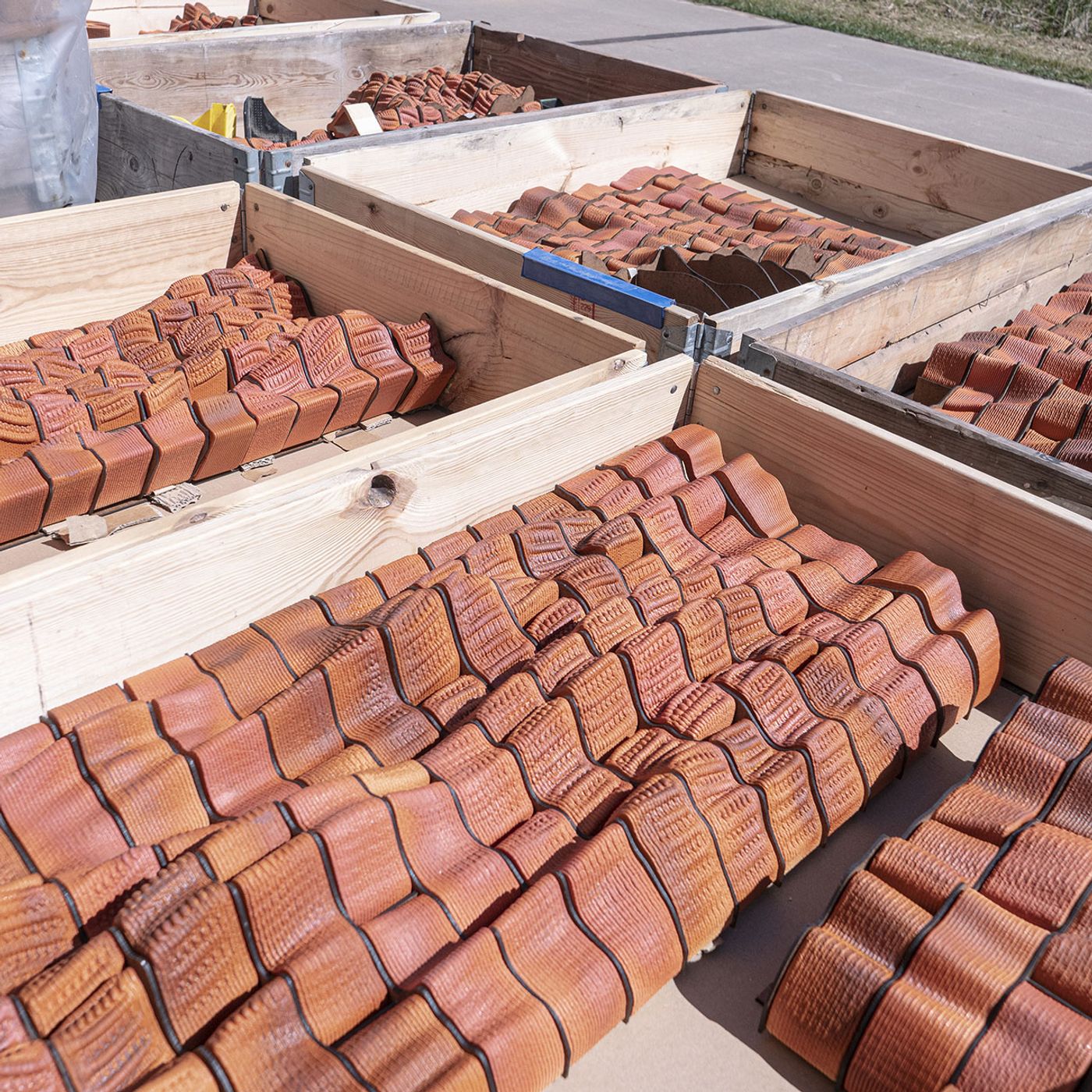
Photography by Riccardo De Vecchi.
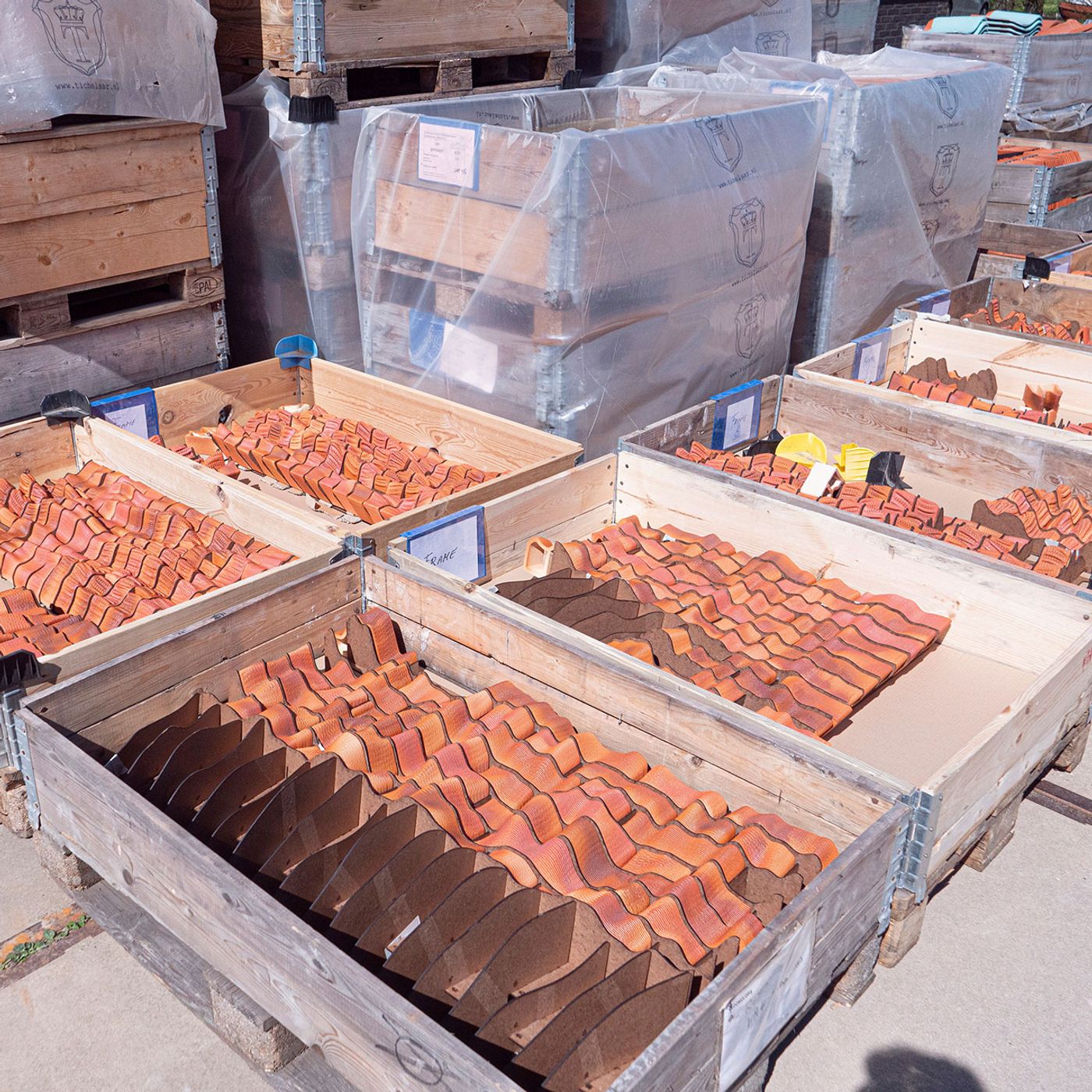
Photography by Riccardo De Vecchi.
Both sections feature visually expressive areas with pronounced three-dimensional forms that gradually transition to flush alignment towards the ground and the second storey. The organic, wave-like quality of these areas changes as passers-by approach the design from different angles, further enhancing the project’s sculptural sensibility and underlining its organic connection with the city.
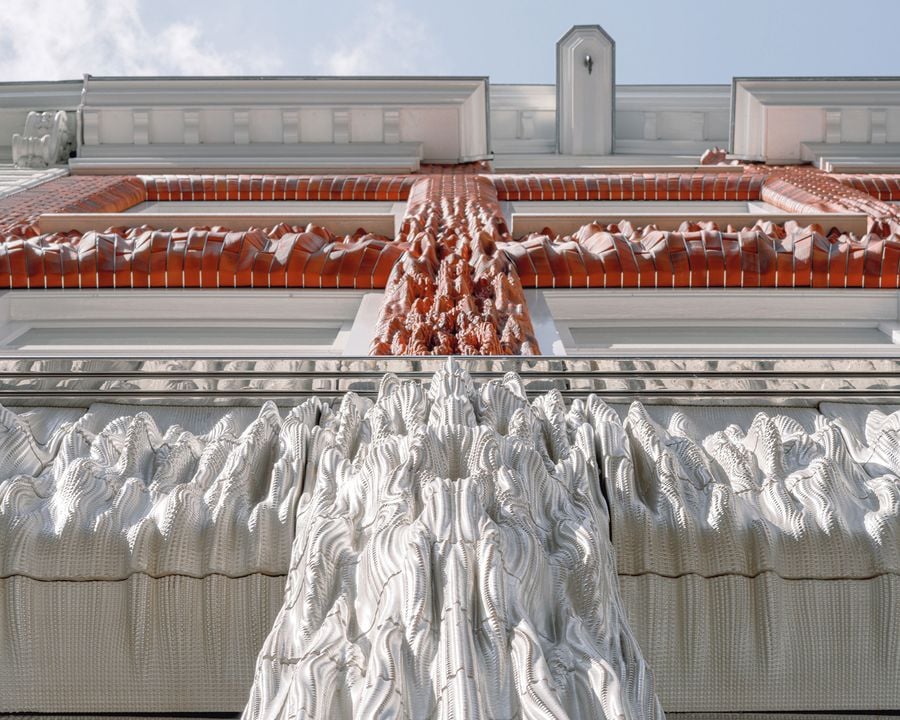
Photography by Riccardo De Vecchi.
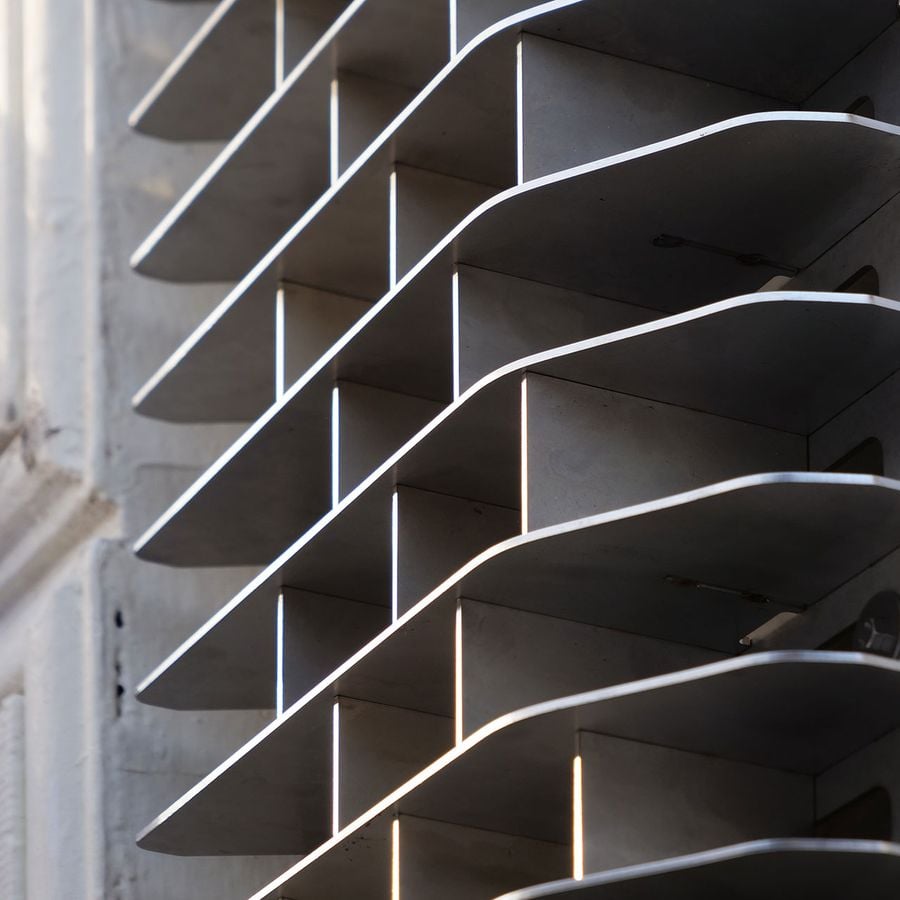
Photography by Riccardo De Vecchi.
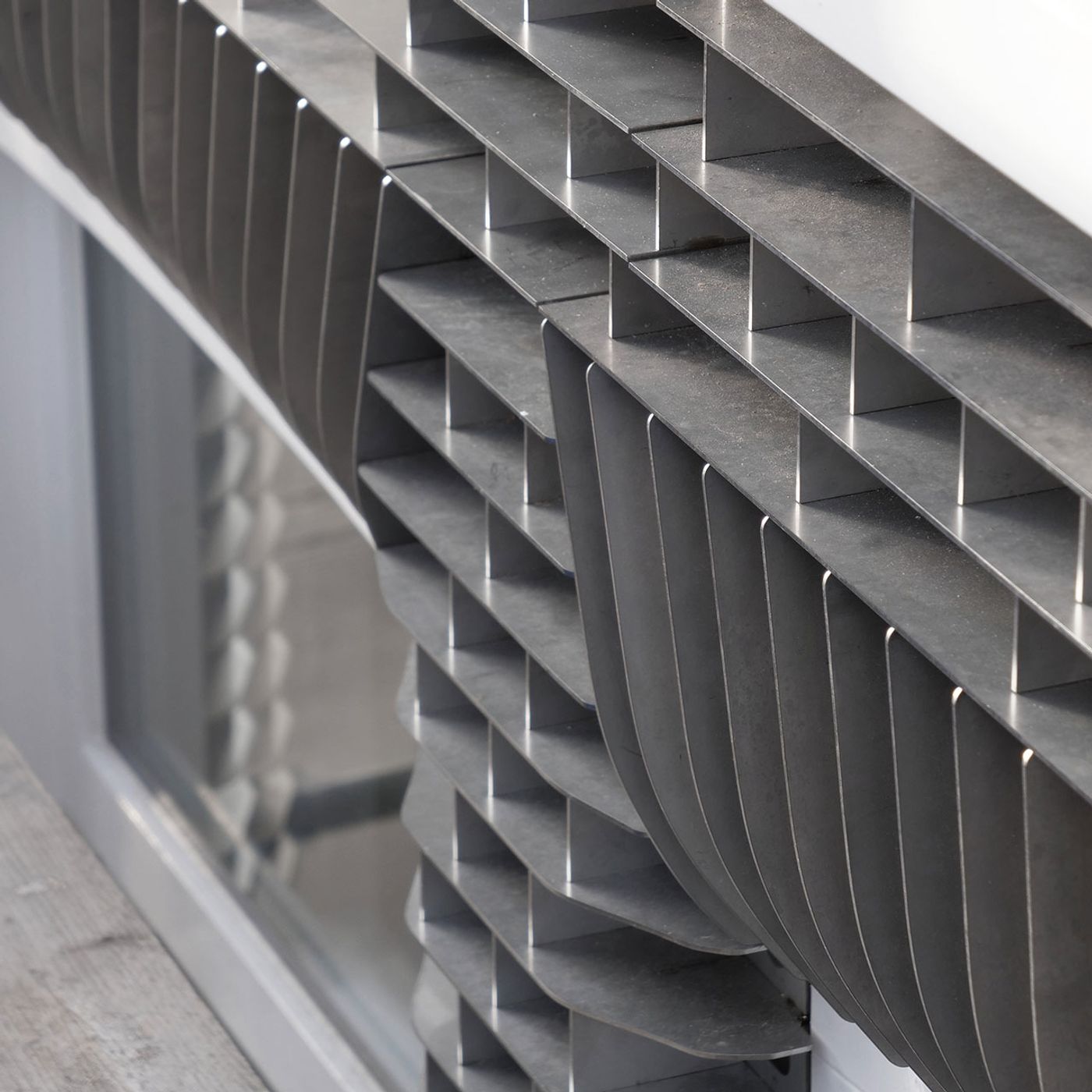
Photography by Riccardo De Vecchi.
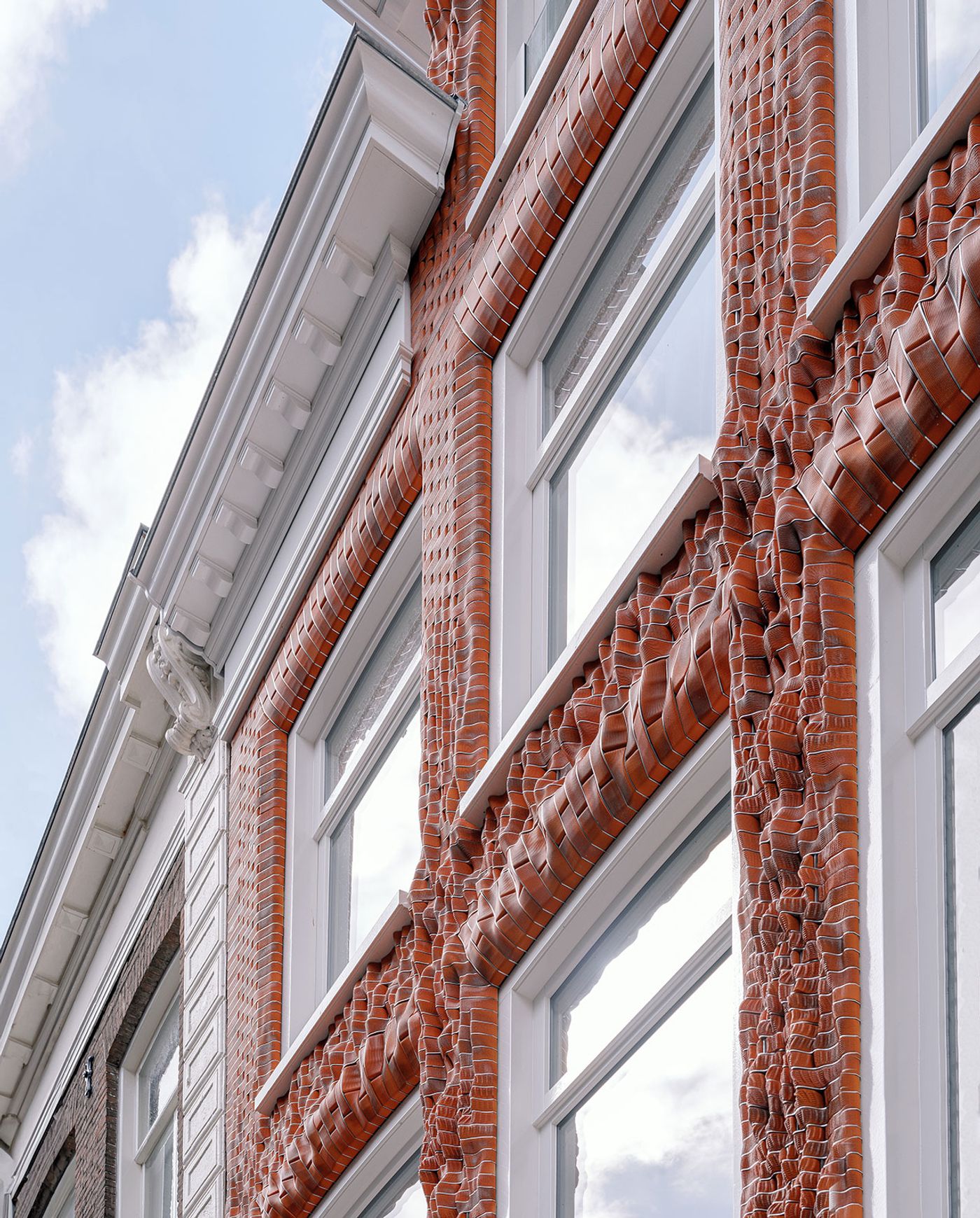
Photography by Riccardo De Vecchi.
